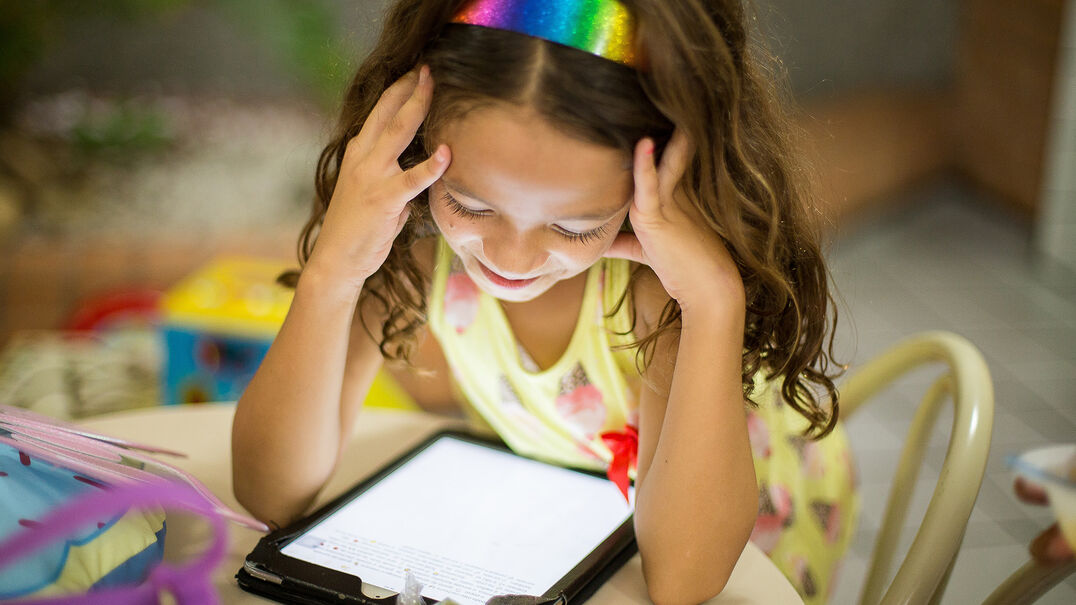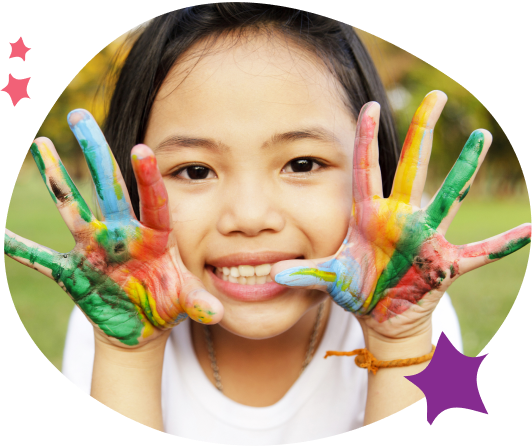Background data collection
The examples we've given above refer to instances where data is taken while interacting with an app. However, some apps can stay active even when they are not being used, and they continue to gather data while running in the background. Various gaming, messaging and social networking apps, for example, will keep logging data about a child's location and internet usage throughout the day.
Any one of these pieces of data might not seem like much in isolation. But when combined and cross-referenced, as they often are, they can form a highly detailed profile of the individual user: their weekly schedule; their home and school address; who their friends are; details of their physical and mental health; their interests, fears and anxieties.
What happens to children's data once it is harvested?
The data gathered throughout a child’s day can be used in many ways, and sometimes these efforts are genuinely intended to benefit them. For instance, data gathered by educational technologies (EdTech) about a student’s performance can help educators learn where they might need extra support, allowing for more personalised learning. But that doesn’t mean EdTech is risk-free. Many have questioned whether the amount and type of data being collected goes beyond what is necessary, and whether this amounts to an invasion of privacy.
Whether it comes from EdTech or some other platform, there are big concerns about where all that data can end up. Much of it flows through to companies called data brokers. These firms collect and analyse massive amounts of data, which they then sell for huge profits, generally to other companies to use for marketing purposes. And while we can all agree that we need to be especially vigilant in safeguarding the privacy of children and young people, there seems to be little, if any, difference in how their data is treated under this business model.
In Australia, as in many other countries, laws governing the harvesting, sale and use of personal data are weak. Most of the governing bodies and legislation meant to protect our privacy were created before the explosion of the online data industry, which is growing and changing rapidly. This means that data brokers could be collecting and using children’s personal information in ways that are not technically illegal, but which many people would consider an alarming violation of privacy.
On top of this, the industry deliberately resists attempts at regulation. Data brokers keep the inner workings of their business largely out of sight. They use vague, confusing language to explain how data is gathered, who they sell it to and what it will be used for. For these reasons, it’s impossible to say exactly what goes on behind the scenes. But what we can see tells us that existing regulations are far too weak to adequately protect children’s digital rights.
How can I protect my children's digital rights?
Right now, parents and carers who want to protect their children’s digital rights have their work cut out for them. The urge to ban all connected devices is a common theme, and for concerned parents, it's understandable. But the fact is that we live in a digital world, and simply “unplugging” young people from that world is neither realistic nor fair.
Digital technology offers limitless possibilities for learning, connection and innovation, and our ultimate vision is that online spaces are safe for children and young people. Currently, it is parents who are unfairly burdened with keeping children safe from online harm, with tech companies typically more concerned about increasing profits than ensuring their platforms and business models support children’s wellbeing. These issues are getting a lot of attention, and we’re seeing some movement at the policy level to hold the industry to account. But we’re still a long way from making that vision a reality.












